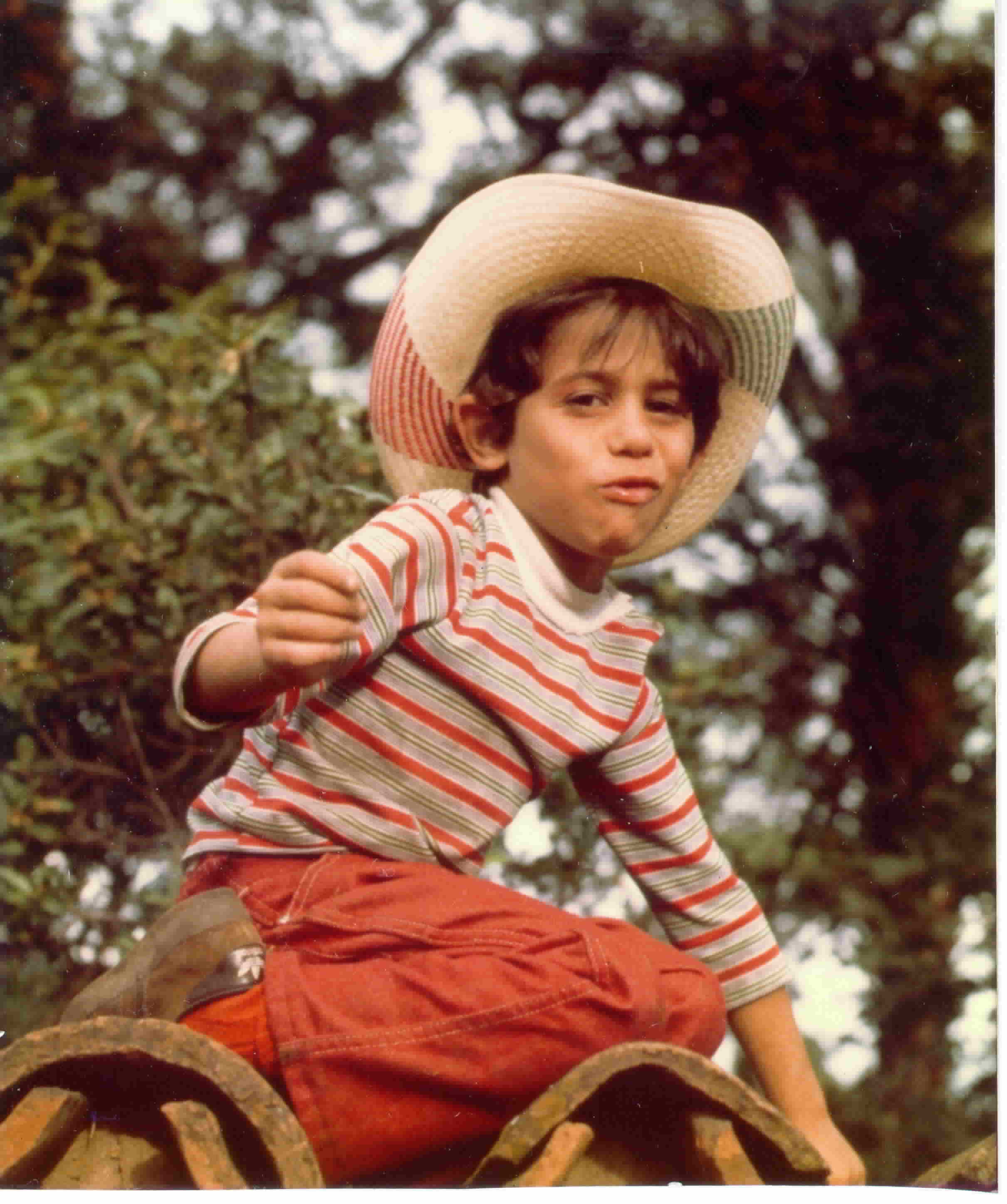![]() "The
ethnography of Abel Hernández Jiménez is a revelation
of the Zapotec soul, where the real and imaginary is like an open fabric
of strands that are interlaced and knotted: the very essence of their lives
. . . spiritual discourse of the people."-- The Journal of Religion
"The
ethnography of Abel Hernández Jiménez is a revelation
of the Zapotec soul, where the real and imaginary is like an open fabric
of strands that are interlaced and knotted: the very essence of their lives
. . . spiritual discourse of the people."-- The Journal of Religion
![]() "Four
life-crisis rituals are described in detail: baptism, a funeral for an
unmarried person, weddings, and a funeral for a married person. The book
is an excellent study on the rationale of cultural-bearers as important
sources for critical, unbiased understanding of ritual."-- Choice
"Four
life-crisis rituals are described in detail: baptism, a funeral for an
unmarried person, weddings, and a funeral for a married person. The book
is an excellent study on the rationale of cultural-bearers as important
sources for critical, unbiased understanding of ritual."-- Choice
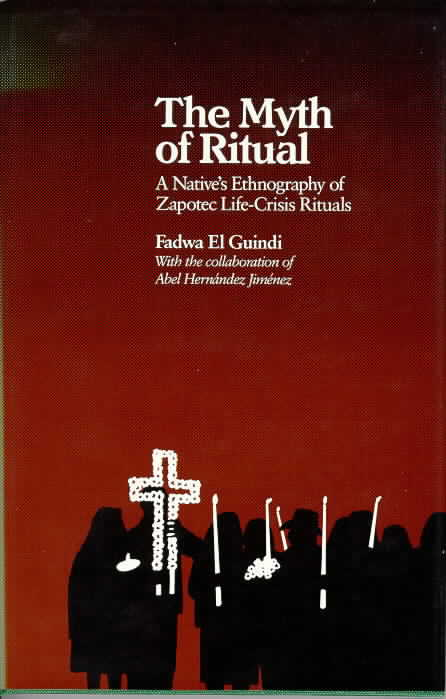 Symbolism
of Papyrus as Background Design:
Symbolism
of Papyrus as Background Design:
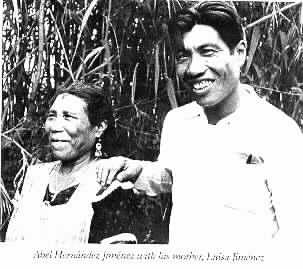
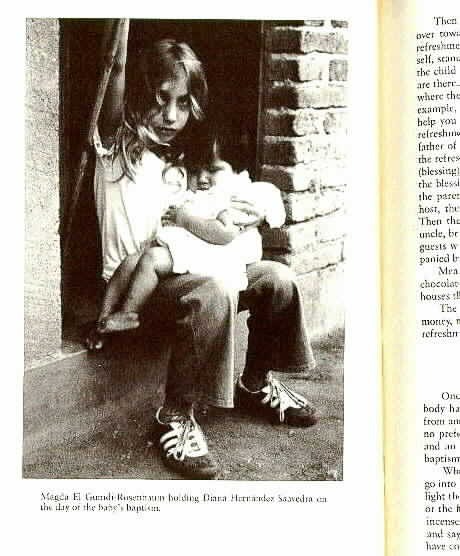
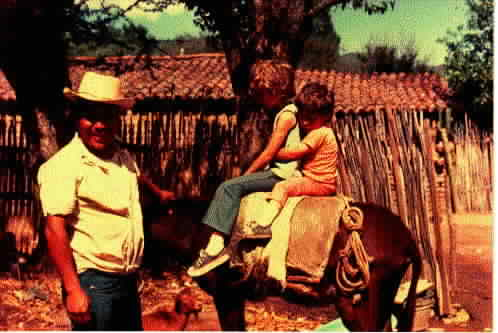 This
was taken in September 1976 in Lachigolo, Oaxaca, Mexico during my field
research. Magda and Khalid were ready to go the cornfield with David, Abel's
older brother, to collect alfalfa for the animals. Magda was six years
old and Khalid was two. Both Magda and Khalid began going to the field
with me when they were three months old. I spent a total period of about
32 months extending over 12 years studying Valley Zapotec life.
This
was taken in September 1976 in Lachigolo, Oaxaca, Mexico during my field
research. Magda and Khalid were ready to go the cornfield with David, Abel's
older brother, to collect alfalfa for the animals. Magda was six years
old and Khalid was two. Both Magda and Khalid began going to the field
with me when they were three months old. I spent a total period of about
32 months extending over 12 years studying Valley Zapotec life.